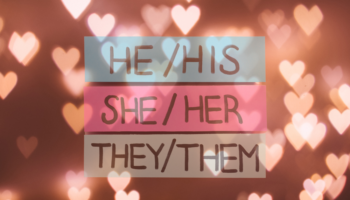Agalmatophilia is a term which describes a human’s sexual attraction to a statue, mannequin, doll, or other human-like inanimate object. Agalmatophilia is considered a specific type of object sexuality.
The term comes from the Greek words agalma, meaning "statue," and philia, meaning "love." It was first noted by German psychologist Richard von Krafft-Ebing, who wrote about a gardener who fell in love with a statue of the Venus de Milo and attempted to consummate this relationship, in 1877.
Agalmatophilia is also known by the terms statuephilia and mannequin love.
More About Agalmatophilia
Agalmatophiles might long for sexual contact with the object of their desire. They might also fantasize about having sexual or nonsexual encounters with an object, or about watching several objects, such as two statues, interact in a sexual or nonsexual way.
Agalmatophiles might also become aroused at the thought of transforming themselves or someone else into their preferred object. These fantasies play on the idea that once transformed, the person will be immobile, giving the fetishist more control. These fantasies may be acted out in role-playing scenarios. While some agalmatophiles use these role-playing scenarios to perform derogatory acts, this is not always the case. As with all fetish play, so long as both parties consent and it does not take over one’s life, agalmatophilia can be harmless.
Typically, agalmatophiles are drawn to nude statues, dolls, or mannequins, but this isn’t always the case. There are roughly ten times more male agalmatophiles than female agalmatophiles.
Agalmatophilia is often connected to Pygmalionism, where people fall in love or lust with an object that they have created. Many suggest that Pygmalion, a mythical Greek sculptor who fell in love with a statue he carved, was the first noted agalmatophile. Robot fetishism is another common manifestation of agalmatophilia.



